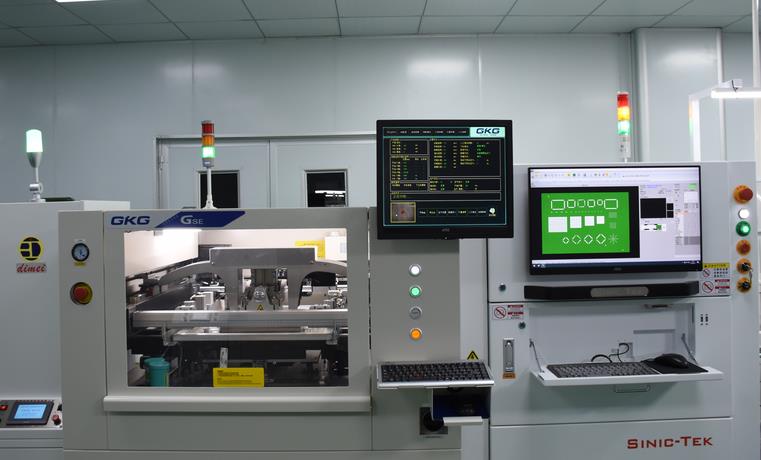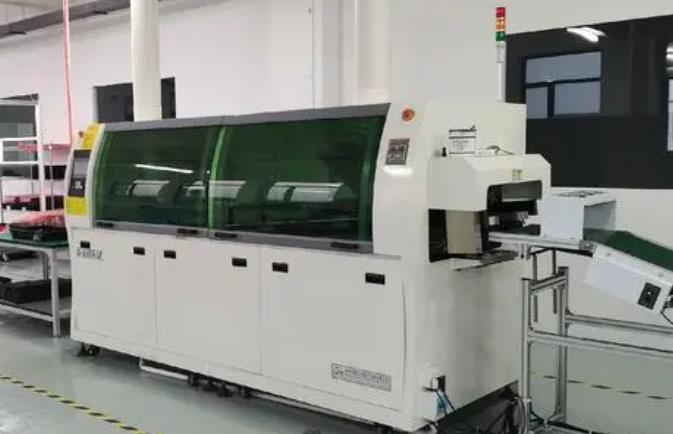Can the number of PCB assembly manufacturers in a country reflect its industrial strength?
The number of PCB assembly manufacturers in a country can serve as an indicator of its industrial strength, but it should be considered in the context of several other factors. Here are some key points to consider:
Manufacturer Density and Concentration:
- If a country has a high density of PCB assembly manufacturers, especially in specific regions like the Pearl River Delta (PRD) or Yangtze River Delta (YRD) in China, it suggests a developed and concentrated PCB industry. This concentration often leads to better supply chain management, lower costs, and improved efficiency.
Technical Capabilities and Expertise:
- The number of manufacturers alone does not fully reflect the technical capabilities of a country's PCB industry. However, a large number of manufacturers may indicate a wider range of technological expertise and capabilities, including the ability to handle complex designs, use advanced materials, and employ automated and high-precision assembly techniques.
Market Share and Competitiveness:
- A country with a large number of PCB assembly manufacturers may have a significant share in the global PCB market. This can indicate competitiveness and the ability to meet demand from a wide range of customers and industries. However, market share alone does not fully represent the industrial strength, as other factors like product quality, innovation, and brand reputation also play important roles.
Industry Policies and Support:
- Government policies and support for the PCB industry can significantly influence its development and strength. A country with a favorable policy environment, including tax incentives, research funding, and trade agreements, is likely to attract more manufacturers and investments, leading to a stronger PCB industry.
Supply Chain Integration and Collaboration:
- A robust PCB industry often involves close collaboration and integration within the supply chain. This includes relationships between PCB manufacturers, component suppliers, equipment providers, and end-customers. A country with a well-developed supply chain ecosystem and strong collaboration among stakeholders is likely to have a more competitive and resilient PCB industry.
While the number of PCB assembly manufacturers in a country can provide a rough indication of its industrial strength, a more comprehensive assessment should consider factors like technical capabilities, market share, policies, and supply chain integration.
Tags: PCB_assembly /country /
Prev: What are the components and configurations of a typical 4-layer PCB stack?
Next: What is the largest PCB company in the world?








